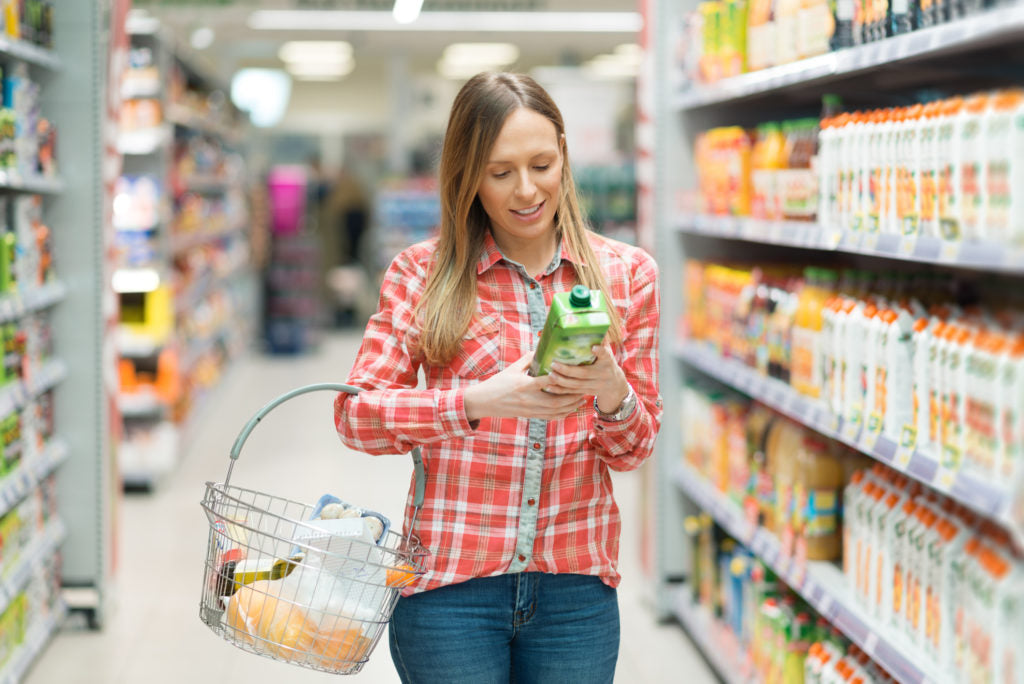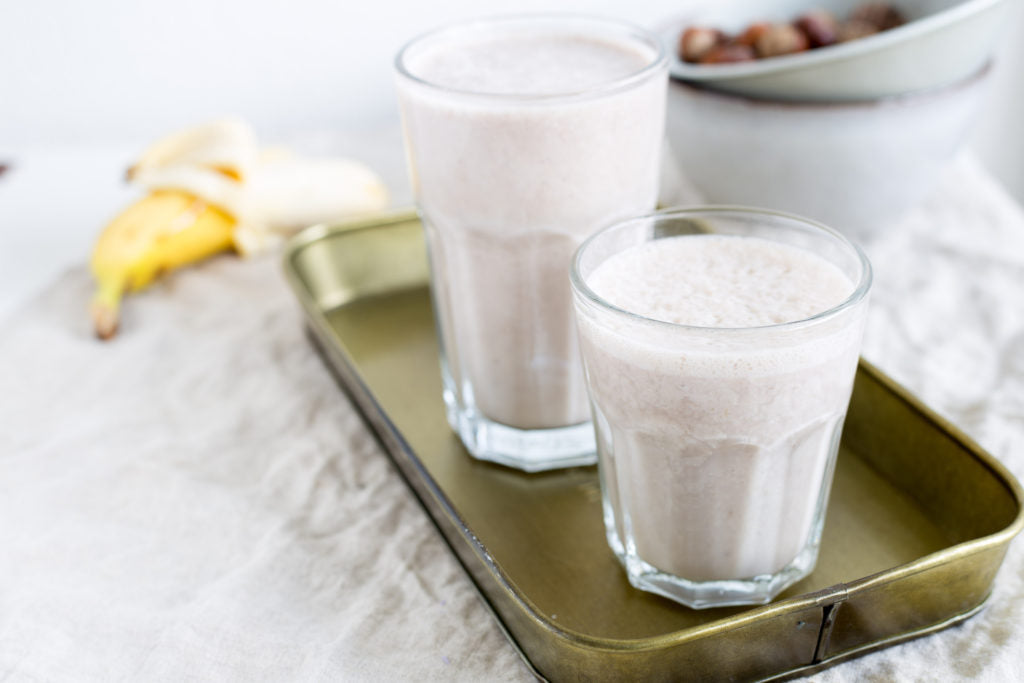Delicious Dairy-Free Alternatives

Whether due to an intolerance or allergy, the choice to follow a vegan diet, or the want to reduce environmental impact, the number of people choosing to go dairy-free has risen dramatically. To meet this demand, the range of non-dairy milks has never been greater. Derived from grains and legumes, each type of milk alternative comes with its own benefits. However, some milks may have hidden pitfalls, such as additives or greater ‘food miles’. Given the myriad of dairy-free options, how do you choose the right one for your needs? To help you make an informed choice, read on for details about the most common dairy-free alternatives and how to navigate your way through their ingredients
Got Mylk?
When it comes to dairy-free milk options (aka ‘mylk’), there are several popular types you will see on the supermarket shelves. Below are some of the benefits of each, to help you decide on the right option for you:
- Oat: A source of blood sugar-balancing and gut health-promoting fibre.
- Rice: A low allergen option with a mild taste.
- Soy: High in protein, soy has received bad press in the past due to its purported capacity to increase oestrogen levels (not true!).
- Coconut: A creamier and fuller option, coconut milk is rich in satiating and energy-stabilising good fats.
- Almond: A well-balanced and tasty option, almonds provide healthy proportions of protein, fibre and fats.

The Label Reveals All
Once you have made up your mind which type of milk to use, review the ingredient panel of each brand critically to ensure you are purchasing the healthiest, most cost-effective and environmentally mindful option for you.
Things to look for include:
- Ingredient content
- An almond milk that contains 1% almonds will taste weaker and more watery than one containing 10% almonds. As most non-dairy milks contain a high water content, ensure value for money by choosing the option with the highest amount of the non-dairy base (e.g. nut, seed or grain) you can find.
- Additives, preservatives and flavours
- Milks may contain additives to adjust their flavour, texture or thickness, and include food acids, gum, thickeners, mineral salts, stabilisers and emulsifiers. While several of these may be considered safe, others have unknown safety profiles. Some additives are highly processed or artificial and have the capacity to trigger inflammation. They also need to be detoxified from the body, increasing the burden on detoxifying organs such as the liver. Rather than trying to determine which additives are safe and which are not, the simplest option is to avoid products that contain additives altogether and stick to real food ingredients.
- Organic vs non-organic
- Some nuts and grains are exposed to a large number of herbicides and pesticides during farming, and low levels of exposure to these chemicals over a long period have been linked to serious diseases such as Parkinson’s disease and cancer. Additionally, pesticides increase the burden on your detoxification systems, so choose an organic option to reduce your exposure.

Sweeteners
Many non-dairy options often contain a sweetener (such rice syrup), which is additional sugar your body simply does not require. Maintain control over your sugar intake by picking an unsweetened option.
Fats
Omega-6 fatty acids found in vegetable, nut and seed oils, are a common addition to packaged foods, with non-dairy milk products no exception, containing oils such as sunflower oil. Consuming too many omega-6 fats in relation to omega-3 fats (found in fish) can lead to inflammation and damage in the body. As our diets are commonly deficient in omega-3 fats and too high in omega-6, it is best to avoid milks with added omega-6.
Locality
Nuts and grains are often grown overseas, creating a large amount of ‘food miles’ (and hence carbon emissions) on their way to your nearest store. As dairy milk is often locally sourced, look for an alternative made from Australian-grown ingredients to ensure that going dairy-free does not increase your environmental impact.
If a milk does come with some or all of the above issues, I would recommend avoiding it.
If you can find an organic, unsweetened milk that contains 3 or 4 ingredients (e.g. water, almonds, oil and sea salt), then you’ve likely found a good option.
Dairy Free = Delicious
By now you’ve selected your non-dairy milk and checked the ingredient labels to purchase a healthy option. To start enjoying the taste and benefits, here is my favourite smoothie recipe that also includes a dairy-free protein powder, pea protein. Protein powder is a fantastic addition to a smoothie, as it gives you a slow-release energy source and balances your blood sugar levels, which together provide you with steady energy levels.

Dreamy Dairy-Free Banana Smoothie
Serves 1
Ingredients:
1 frozen banana
½ tsp cinnamon
1 tsp honey
1 serve pea protein powder
1 cup dairy-free milk
Ice (optional)
Method:
Place all ingredients into a blender
Blend together until combined
Pour into glass, top with extra cinnamon if desired
Enjoy!
To Dairy or Not To Dairy?
Whilst avoiding dairy has never been easier or tastier, some may be avoiding it due to an underlying issue within their body, such as poor digestive health, intolerance or allergy. If you suffer from bloating, cramping, diarrhea, or even skin issues that you think may be related to dairy, it may be worth seeing a Practitioner to determine why you’re reacting to it.
- Kevin Tresize






Comments 0